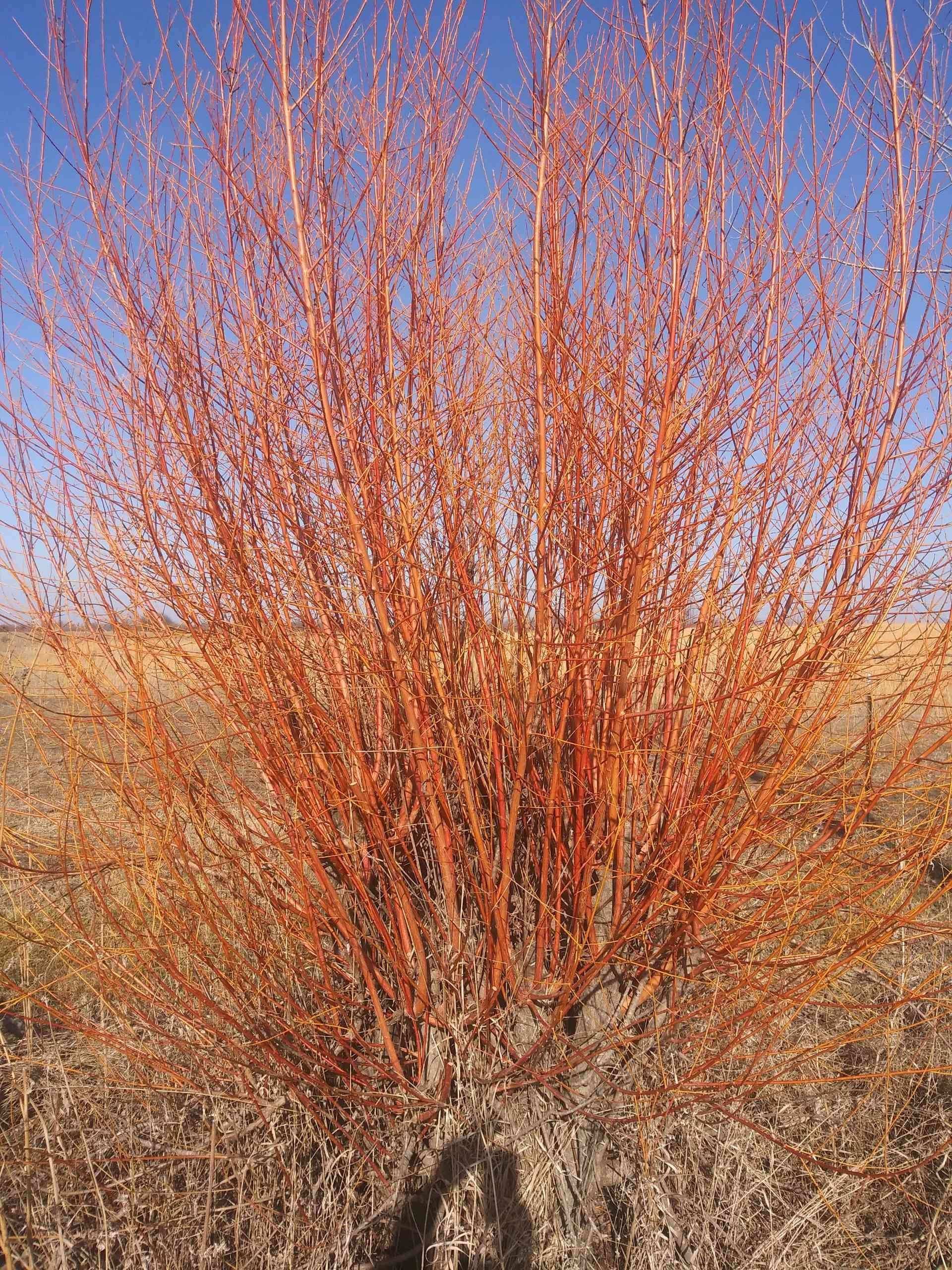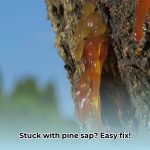Unleash your creativity and let nature guide your artistic vision with sustainable living sculptures. This guide explores a world of natural materials beyond traditional willow, empowering you to craft captivating living art that breathes life into your surroundings. From the resilient branches of hazel to the vibrant embrace of ivy, discover the secrets to building stunning, eco-friendly sculptures.
Sculpting with Nature: Exploring Alternative Materials
Living sculptures beautifully blend nature and creativity. However, relying solely on willow can limit your artistic expression, budget, or garden suitability. Let’s explore exciting alternatives that add new dimensions to your living art.
Branching Out: Discovering New Materials
Willow’s ease of growth is appealing, but its susceptibility to diseases and limited availability can be drawbacks. Hazel offers a fantastic substitute, providing strength and flexibility ideal for forming the “bones” of your sculpture. For larger creations, thick willow rods or poles can even replace metal supports, eliminating the need for welding. Locally sourced bendy branches like dogwood, birch, or alder further enhance sustainability and diversity, much like a chef discovering exciting new ingredients.
Binding Nature’s Art: Natural Techniques
Creating a living sculpture resembles basket weaving: it requires a binding element. Natural fibers like twine or raffia are perfect for this, creating intricate patterns and shapes while seamlessly blending with the living materials. For larger pieces requiring extra support, bamboo or repurposed materials offer sustainable alternatives to metal frames, adding a unique character to your creation.
Growing Green: From Fences to Fantastical Forms
Living fences offer a vibrant, cost-effective, and environmentally friendly alternative to traditional fencing. Imagine a living wall of willow, hazel, or other suitable plants. For beginners, simple projects like living columns or small, free-standing forms using freshly cut, fast-rooting branches are ideal for experimenting with materials and techniques.
Nurturing Living Art: Long-Term Care
Like any living organism, your sculptures require care. Choose species that thrive in your local climate and soil. Provide adequate water and nutrients, especially during establishment. Regular pruning and shaping maintain their appearance and encourage healthy growth.
Expanding Your Artistry: Advanced Techniques & Community Engagement
As you gain experience, explore complex binding techniques to create intricate designs and unique sculptures that reflect your artistic vision. Some experts believe that the possibilities are limited only by your imagination. Recent research even suggests that interacting with nature through art can positively impact well-being. Sharing your passion by organizing community workshops or collaborating on larger projects fosters creativity and raises environmental awareness. Embrace the world of alternative materials and create living sculptures that are both beautiful and sustainable. You might even inspire others to join the movement!
Ditch the Drama, Keep the Draping: Weeping Willow Alternatives
Dreaming of a weeping willow’s elegant cascade but concerned about its demanding nature? Discover stunning alternatives that offer the same dramatic flair without the maintenance headaches.
Gorgeous Alternatives that Offer that Weeping Willow Vibe:
-
Similar Weeping Form: Weeping Green Laceleaf Japanese Maple, Weeping Katsura, Purple Fountain Weeping Beech, Summer Cascade River Birch, Pink Heartbreaker Weeping Redbud, Pink Weeping Flowering Cherry, Snow Fountain Weeping Cherry, Inversa Norway Spruce. These options offer a diverse range of foliage colors, textures, and sizes, allowing you to find the perfect fit for your landscape.
-
Fast-Growing Options: Hybrid Willows (with careful management of potential invasiveness) and Weeping Cherry varieties offer quicker results.
-
Native Alternatives: For a truly eco-conscious choice, explore native alternatives like the Bald Cypress (in wet areas within its native US range). Research is essential to ensure the chosen species suits your specific region.
-
Small-Scale Alternatives: Purple Willow, Almond-leaved Willow, and Goat/Pussy Willow offer less invasive options for smaller gardens.
Choosing the Right Weeping Tree Substitute:
Consider these factors when selecting a weeping tree:
| Feature | Consideration |
|---|---|
| Size | Will the tree’s mature size fit your space? |
| Growth Rate | How quickly do you want to see results? |
| Maintenance | What level of care are you comfortable with? |
| Climate | Does the tree thrive in your local conditions? |
| Aesthetics | What look and feel are you aiming for? |
Ongoing horticultural research continually develops new cultivars, so explore options at your local nursery! Their expertise can guide you toward the perfect weeping tree for your landscape.
Beyond Willow: Exploring Fence Alternatives for Your Landscape
Looking for fencing options beyond willow? While willow grows quickly and provides a natural screen, its invasive nature may not suit every garden. Explore a range of alternative fencing materials, each with unique advantages and disadvantages.
Thinking Beyond Willow: Materials and Styles
-
Wood: Classic, versatile, and available in various styles, wood fencing requires regular maintenance to prevent weathering. Cedar, redwood, and pressure-treated pine offer increased durability.
-
Vinyl: Low-maintenance, durable, and resistant to rot, insects, and fading, vinyl fencing offers a long-lasting, though initially more expensive, alternative.
-
Metal: Aluminum and steel offer strength and security, with aluminum being naturally rust-resistant and steel requiring protective coatings.
-
Composite: Combining wood fibers and plastic, composite fencing offers the beauty of wood with enhanced durability and reduced maintenance.
-
Bamboo: Sustainable and stylish, bamboo fencing offers a unique, natural look but may have limited durability in harsh climates.
Living Alternatives (Beyond Willow):
-
Hedges: Evergreen or deciduous shrubs create dense, living barriers with varying levels of formality and seasonal interest.
-
Espaliered Trees: Training trees against a structure creates a unique, visually stunning living fence.
-
Climbing Vines: Vines trained on trellises or fences add greenery and privacy.
Woven Structures (with Caution):
Woven fences offer beauty but require careful plant selection. Some materials, like certain bamboo types, can be invasive. Research plant growth habits before planting. Hazel, dogwood, and birch offer less invasive weaving options but might be less readily available. Consider these trees in the context of living sculptures as well.
Unusual Options:
-
Gabions: Wire cages filled with stones create a modern, industrial, and low-maintenance fence.
-
Recycled Materials: Reclaimed wood or pallets offer a unique, rustic aesthetic.
Choosing the right fence involves balancing budget, aesthetics, and maintenance preferences.
How Long Do Willow Cuttings Take to Root? A Comprehensive Guide
Eager to propagate willow cuttings? Understanding the rooting timeline is crucial for success. Several factors influence rooting speed, including timing, cutting type, and rooting method.
Rooting Timeline for Willow Cuttings
- Initial Root Development (1-10 days): White bumps appear and develop into visible roots.
- Potting Stage (3 weeks): Transplant rooted cuttings into pots with soil.
- Outdoor Transplanting (4-8 weeks): Cuttings are ready for the garden.
- Established Root System (6-8 weeks): A robust root system develops.
Softwood Cuttings:
- Waiting Period (6 weeks post-leafing): Allow for new growth before taking cuttings.
- Hardening Off: Acclimate cuttings to outdoor conditions before planting.
Rooting Methods:
- Water Propagation: Place cuttings in water, changing regularly.
- Soil Propagation: Plant cuttings directly into soil or after initial rooting in water.
Factors Influencing Rooting Time:
- Cutting Type: Softwood cuttings from new spring growth root faster than hardwood cuttings.
- Timing: Spring and fall are ideal seasons for taking cuttings.
- Cutting Size: Longer cuttings with more nodes submerged in water/soil may root quicker.
With patience and care, your willow cuttings will likely reward you with new plants to enjoy. Consider exploring alternative propagation techniques like layering or using rooting hormones. If you encounter issues like rot or lack of root development, further research can provide solutions. Remember that different willow varieties may also exhibit variations in rooting time. Unveiling the Comfort Battle: air mattress vs folding mattress and For Efficient Pool Cleaning: Learn the Secrets of adding a polaris to a pool pump system offer additional insights into other topics.
- How to Remove Water Stains from Fabric: A Complete Guide - April 26, 2025
- How to Get Motor Oil Out of Clothes: Proven Methods & Expert Tips - April 26, 2025
- How to Get Deodorant Out of Black Shirts: Easy Stain Removal Guide - April 26, 2025










